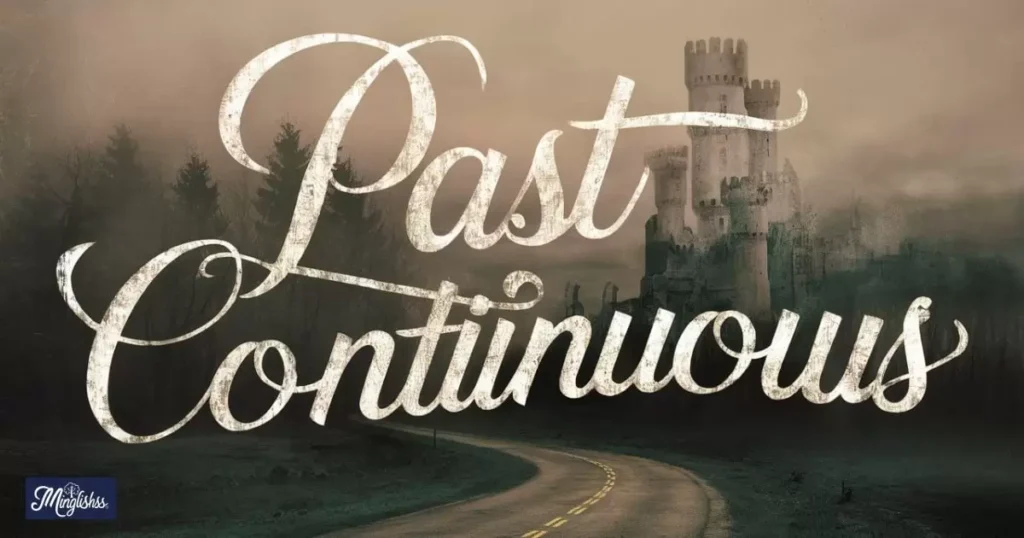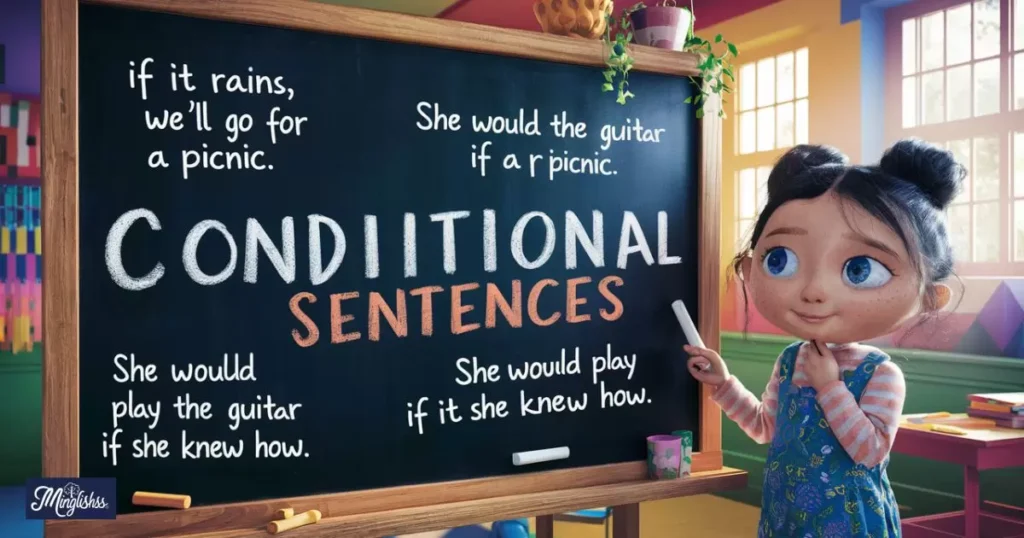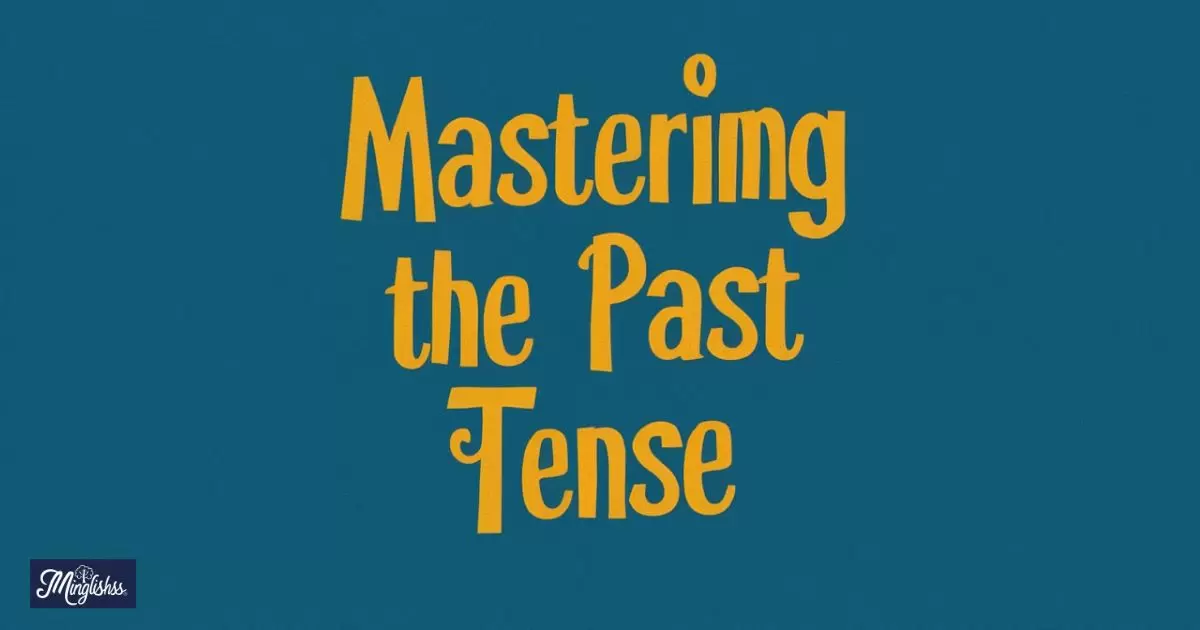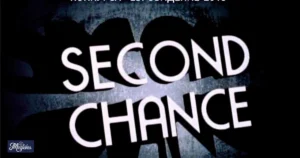The past tense is one of the fundamental building blocks of English grammar. It allows us to talk about actions and events that have already occurred. Whether you’re telling a story, describing an experience, or discussing history, the past tense is essential for clear communication.
In this guide, we’ll explore the different types of past tenses, their rules, and how to use them effectively in sentences. We’ll break down each type with examples and explain the nuances that can help you master the past tense.
By the end of this post, you’ll have a comprehensive understanding of the past tense and how to apply it correctly.
Ready to dive into the past? Let’s get started!
What is Past Tense?
The past tense in English grammar is used to describe actions or events that happened before the present time. It can express actions that were completed in the past, ongoing events at a past time, or actions that happened before another past event.
Types of Past Tenses
1. Simple Past
The simple past tense describes actions that were completed at a specific time in the past.
- Usage: Used for actions that happened once or repeatedly in the past.
- Formation: Base form of the verb + -ed (for regular verbs) or irregular past forms.
- Examples:
- She visited the museum yesterday.
- They played soccer last weekend.
- I wrote a letter to my friend.
Note: The simple past tense is often accompanied by time expressions like “yesterday,” “last year,” or “in 1990.”
2. Past Continuous

The past continuous tense describes actions that were ongoing at a specific time in the past.
- Usage: Indicates a continuous action that was happening at a particular past moment.
- Formation: “was/were” + verb-ing.
- Examples:
- She was reading a book when I called.
- They were eating dinner at 7 PM.
- I was watching TV all evening.
Note: The past continuous tense is often used with the simple past tense to show an interruption or simultaneous actions.
3. Past Perfect
The past perfect tense describes actions that were completed before another past event.
- Usage: Expresses the idea that one action occurred before another in the past.
- Formation: “had” + past participle.
- Examples:
- She had left before I arrived.
- They had finished the work by the time the meeting started.
- I had seen the movie before.
Note: The past perfect tense is crucial for showing the sequence of events in the past.
4. Past Perfect Continuous
The past perfect continuous tense describes actions that were ongoing up until another past event.
- Usage: Emphasizes the duration of an action that was happening before another past event.
- Formation: “had been” + verb-ing.
- Examples:
- She had been studying for hours before the exam.
- They had been living in that house for ten years before moving.
- I had been working on the project all night.
Note: The past perfect continuous tense is ideal for highlighting how long something had been happening before another event.
Overview of Parts of Speech
Uses of Past Tenses
Understanding when to use each type of past tense is crucial for expressing the correct meaning in your sentences. Here’s a quick overview:
1. Completed Actions
- Example: He finished his homework before dinner.
2. Ongoing Actions in the Past
- Example: She was cooking when the phone rang.
3. Actions Happening Before Another Past Event
- Example: They had left by the time I arrived.
4. Duration of Actions Leading Up to a Past Event
- Example: I had been waiting for hours before the train arrived.
Sub-Categories of Sentences Using Past Tenses
Understanding sentence structures using Mastering the Past Tense past tenses can help in better sentence formation and clarity.
1. Declarative Sentences
- Usage: Make a statement about the past.
- Examples:
- She visited her grandmother yesterday.
- They were playing outside when it started to rain.
- I had finished my work before the deadline.
- We had been studying all night for the exam.
- He went to the store after work.
Note: Declarative sentences in past tense Mastering the Past Tense clearly state what happened.
2. Interrogative Sentences
- Usage: Ask a question about the past.
- Examples:
- Did she visit her grandmother yesterday?
- Were they playing outside when it started to rain?
- Had you finished your work before the deadline?
- Had we been studying all night for the exam?
- Did he go to the store after work?
Note: Interrogative sentences in past tense Mastering the Past Tense often begin with “did,” “was,” or “had.”
3. Imperative Sentences
- Usage: Give a command or make a request related to a past event.
- Examples:
- Please remember what I told you.
- Don’t forget to send that email I asked for.
- Think about what happened yesterday.
- Tell me if you had seen that movie before.
- Let me know what they said during the meeting.
Note: Imperative sentences in past tense Mastering the Past Tense often imply reflection or action related to a past event.
4. Conditional Sentences

- Usage: Express a condition and its past result.
- Examples:
- If she had studied, she would have passed the exam.
- If it had rained, we would have stayed indoors.
- If you had worked hard, you would have succeeded.
- If they had invited us, we would have gone.
- If I had known, I would have helped you.
Note: Conditional sentences in past tense often use “had” and “would have” to connect the condition with its result.
5. Exclamatory Sentences
- Usage: Express strong emotion about a past event.
- Examples:
- What a beautiful day it was!
- How exciting the trip was!
- I can’t believe we were so lucky!
- What a great time we had!
- How amazing the concert was!
Note: Exclamatory sentences in past tense Mastering the Past Tense emphasize strong emotions or reactions to past events.
Answers to Key Questions
Q1: How is the past perfect tense different from the simple past tense?
A1: The simple past tense describes an Mastering the Past Tense action that happened at a specific time in the past, while the past perfect tense describes an action that was completed before another past event.
Q2: When should I use the past continuous tense?
A2: Use the past continuous tense to describe actions that were ongoing at a specific time in the past, such as “She was reading when I called.”
Q3: Can the past perfect tense be used alone?
A3: The past perfect tense is typically used in sentences with two past actions to show which occurred first, but it can also be used alone for emphasis, like “She had already left.”
Q4: What is an example of a past perfect continuous tense sentence?
A4: An example is “They had been living there for five years before moving.” It highlights the duration of an action before another past event.
Q5: How do I form a negative sentence in the simple past tense?
A5: To form a negative sentence in the simple past tense, use “did not” followed by the base form of the verb, such as “She did not go to the party.”
Conclusion
Mastering the past tense is crucial for expressing actions and events that have already occurred. Understanding the different types of past tenses and their correct usage will help you convey your thoughts clearly and accurately.
Keep practicing these tenses, and soon, talking about the past will feel natural and easy!

Hi, I’m Zadie Smith: I’m dedicated to helping others master English through practical tips. I enjoy making complex ideas simple and accessible for everyone.










